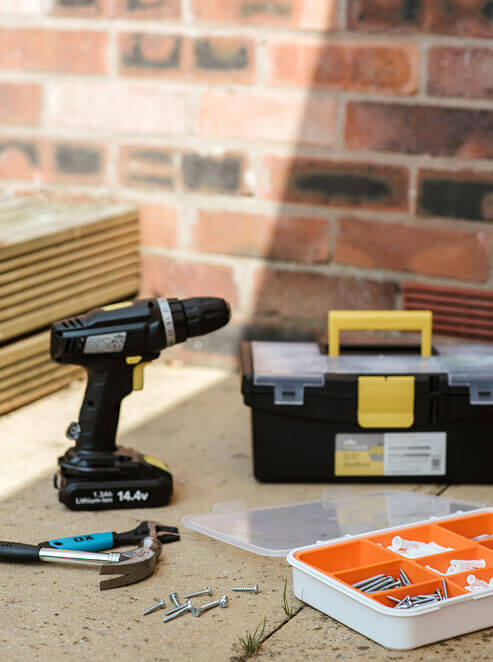API and Webhooks for CMMS
Never too late to switch over to a more modern system with Webhooks & API
Panther CMMS works incredibly well in single building setting or a thousand building multi-geo departmental environments
API for CMMS
An API (Application Programming Interface) for a CMMS (Computerized Maintenance Management System) allows external applications or systems to interact with and access data from the CMMS. CMMS is software designed to help organizations manage and streamline their maintenance operations, such as scheduling maintenance tasks, managing work orders, tracking equipment and asset information, and generating maintenance reports.
With an API for CMMS, developers can integrate the CMMS functionality into their own applications or build custom solutions that can communicate with the CMMS. This integration enables data sharing, automates processes, and improves overall efficiency in managing maintenance activities.
Common functionalities provided by a CMMS API may include:
Retrieving and updating work orders: Developers can access existing work orders in the CMMS or create new ones programmatically.
Accessing asset information: The API allows fetching details about assets, such as equipment specifications, maintenance history, and current status.
Managing maintenance schedules: Developers can set up and modify maintenance schedules through the API.
Tracking inventory and spare parts: The API may offer capabilities to check inventory levels and manage spare parts used for maintenance tasks.
Generating reports: Developers can extract data from the CMMS to generate custom reports or perform analytics.
Integrating with other systems: CMMS APIs facilitate integration with other business software, such as ERP (Enterprise Resource Planning) systems or IoT (Internet of Things) platforms.
It's essential to review the specific documentation and capabilities provided by the CMMS vendor's API to understand its endpoints, data formats (often JSON or XML), authentication methods, rate limits, and other important technical details required for successful integration.
Having an API for a CMMS allows organizations to extend the system's capabilities and enhance the efficiency of their maintenance operations by leveraging other software tools and integrating with their existing workflows.
Webhooks for CMMS
Webhooks for Computerized Maintenance Management Systems (CMMS) are a way to facilitate real-time communication and data exchange between the CMMS and external applications or services. A CMMS is software designed to help organizations manage maintenance activities, track assets, and streamline maintenance operations. Webhooks add a level of automation and integration to the CMMS, allowing it to communicate with other systems and trigger actions based on certain events.
Here's how webhooks work with CMMS:
1. Event Trigger: When specific events occur within the CMMS, such as work order creation, asset status change, maintenance completion, or inventory updates, a webhook is triggered.
2. Webhook Notification: The webhook sends a real-time HTTP POST request to a predefined URL (endpoint) specified by an external application or service.
3. External Application Response: The external application receives the webhook notification, processes the data, and takes appropriate actions based on the event. This could involve updating other systems, generating notifications, initiating workflows, or performing any other custom action.
Webhooks offer several advantages for CMMS users:
1. Real-time Updates: With webhooks, external applications receive instant notifications when relevant events happen within the CMMS, allowing for real-time data synchronization and faster response times.
2. Automation: By integrating the CMMS with other tools or systems through webhooks, repetitive tasks can be automated, reducing manual intervention and improving overall efficiency.
3. Enhanced Visibility: Webhooks enable users to have a broader view of maintenance operations by sharing relevant data with other systems or dashboards.
4. Customization: Webhooks allow users to define specific events and actions to be triggered, providing a high degree of customization and adaptability to their unique requirements.
Examples of how webhooks can be used with a CMMS:
- When a new work order is created, a webhook can notify a team collaboration tool like Slack or Microsoft Teams, so the maintenance team is immediately informed.
- After a preventive maintenance task is completed, a webhook can update an inventory management system to reflect the use of spare parts.
- When a critical asset malfunctions and triggers an alert in the CMMS, a webhook can automatically create a support ticket in the organization's help desk system.
Never too late to switch to a modern CMMS
Start from Scratch or Get Help
Request our technical team to transfer all your current data into Panther CMMS


